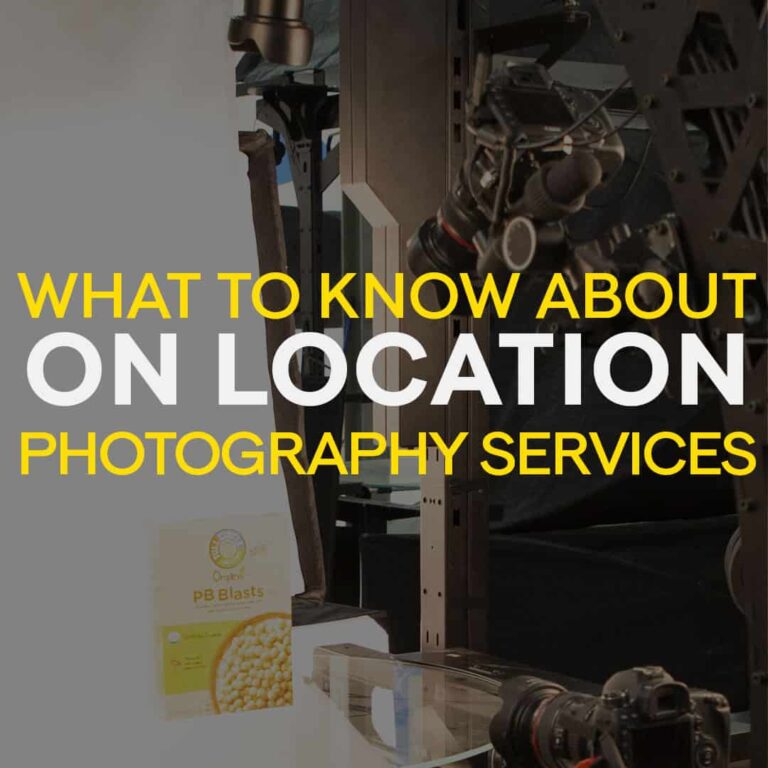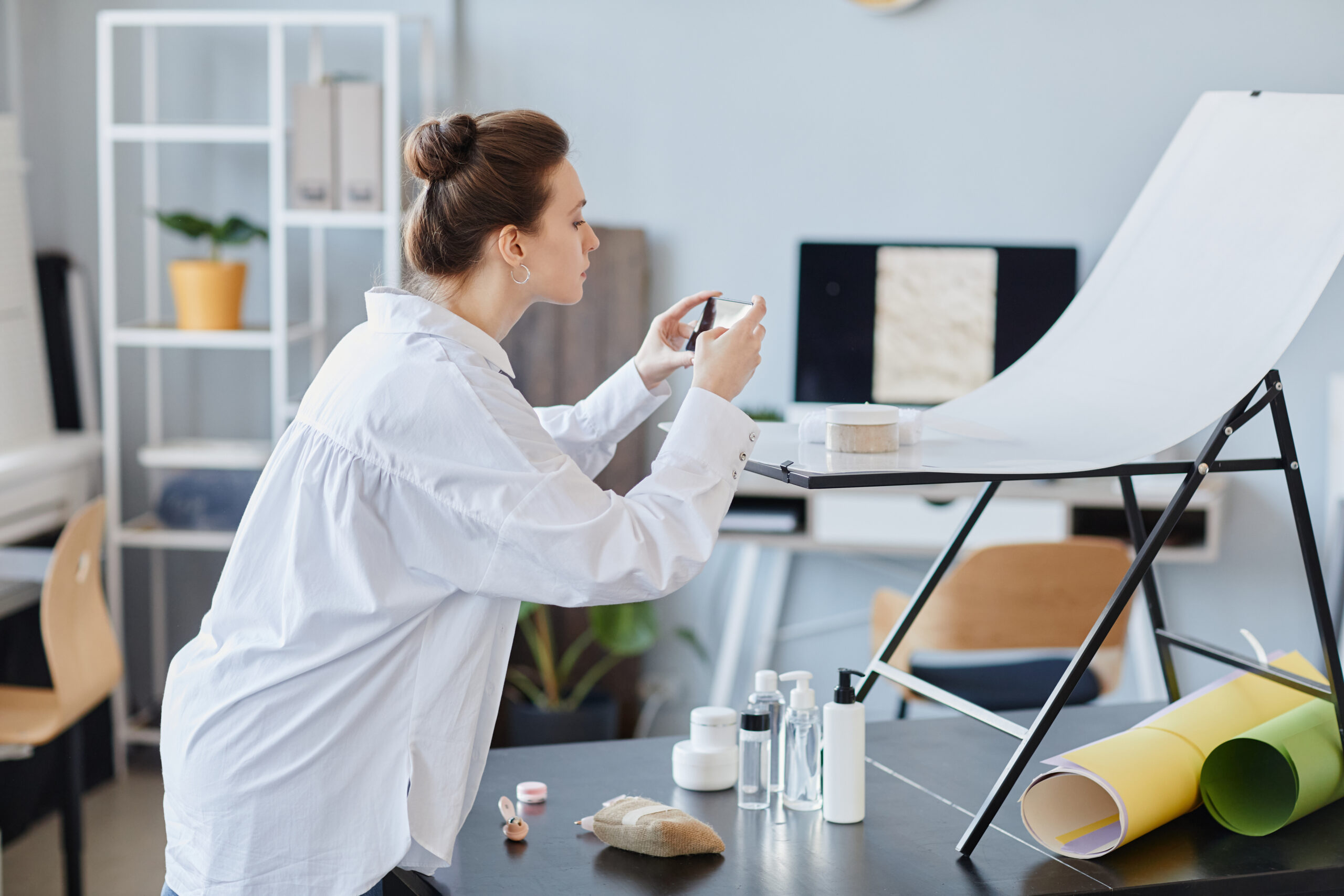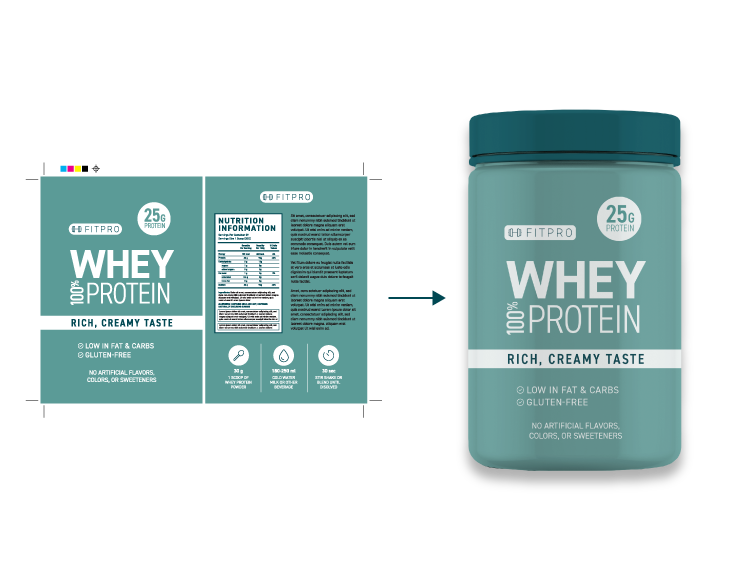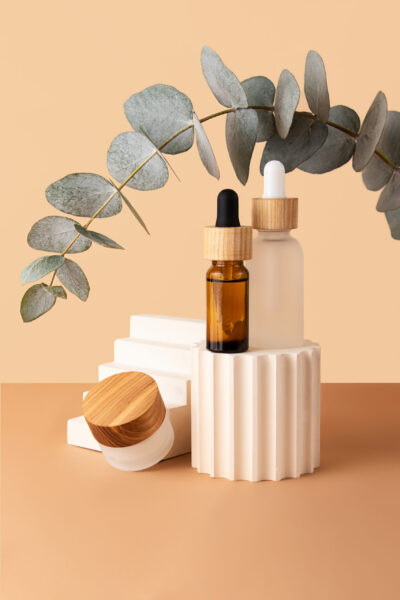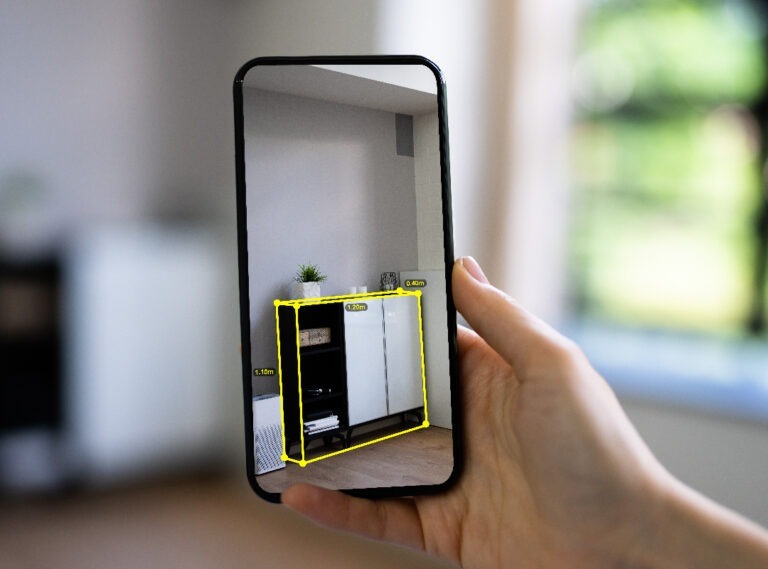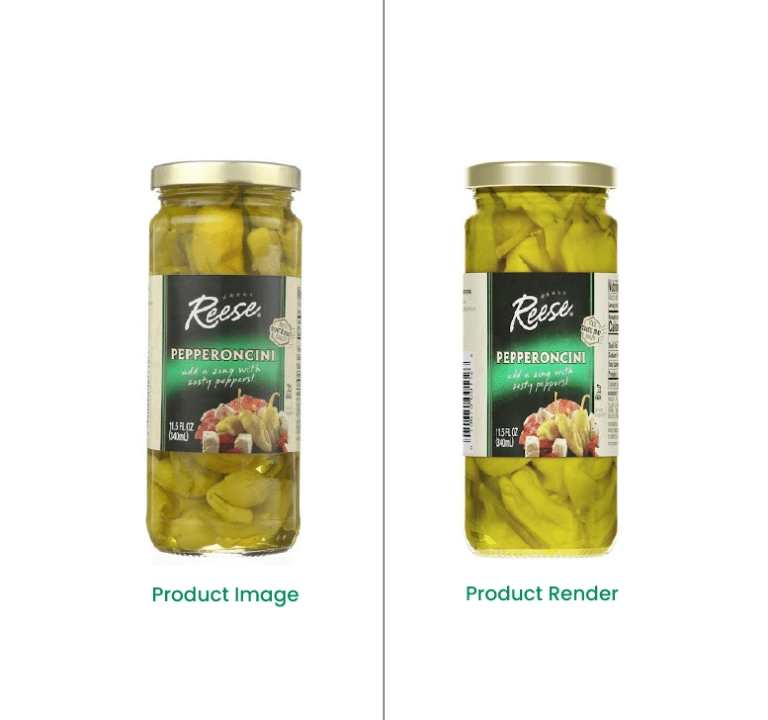There are many moving parts to a high volume 360 degree photography studio. Sometimes with all the daily logistics, people can lose sight that this is a photography studio. That means we are capturing images of products and there is an art to what we do. While the 360 spin sequences are highly automated, illuminating the product is one of the most important factors requiring human interaction to ensure high-quality photos. In this guide, we will explain the importance of product photography lighting, the components of a 360 degree photography lighting kit, and the different lighting variations used in our image capture process.
What is the Standard Lighting for 360 Degree Product Photography?
Many times, specific lighting is used to highlight certain details of a product to show its shape. Since we are rotating the product and viewing it from all sides, there is no need to create the illusion of shape. Therefore, the best photography lighting for products in 360 is very broad, soft lighting. We power the lighting controls through our SpinMe software. This tends to work best as it allows the consumer to view intricate details when the object is moved up and down or side-to-side. It creates a more natural experience as if you were holding the object in your hands. Hard shadows tend to dance on the object as it rotates, which can be distracting for viewers.
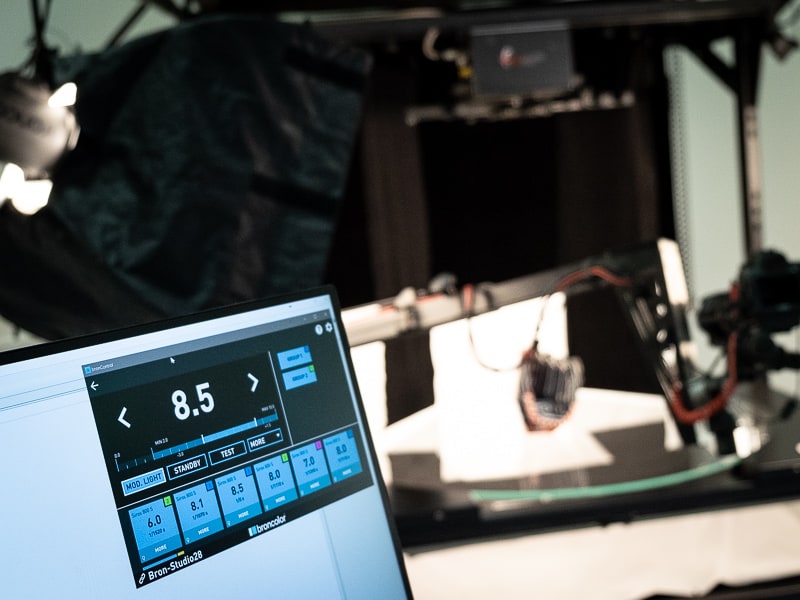
Components of a 360 Product Photography Lighting Kit
1. Type of Lights
The first type of light that we typically use are strobe lights. These lights give you the most bang for your buck and the brightness appears to mimic that of the sun. The high output lighting allows us to a use a deep depth of field (shooting at f22) which will keep the products in focus while also freezing the motion.
Additionally, we use LED panel technology, which is constantly changing and creating a more viable solution for 360 degree photography. While these lights are not as bright, the power consumption lowers the continuous lighting and may offer a better experience for the photographer. Either way, both solutions allow for a well-balanced image capture.
2. Diffusers
The main device used to diffuse a hard-light source is the soft box. These small, tent-like structures are usually black with a white fabric front. The white panel softens the harder light source of the strobe, resulting in a beautiful, soft light that literally wraps around the products. Due to their design, LED panels start off softer than the strobes, but they can still benefit from a simple soft box or diffuser.
3. Accesories
We use many standard lighting techniques and adapt them to 360 degree photography. For example, we use black flags to cut the light, white foam to bounce light or fill reflections, and large diffusion panels to further soften the light. These all sound familiar to studio photographers, but our goal is to light the product for the entire spin, not individual frames.
Two Variations of 360 Product Photography Lighting
When photographing products in our studio, there are two main factors we look at: 1) capturing a clean white background, and 2) reflective versus non-reflective products.
Capturing a Clean White Background
Our robotic tables have a rotating glass plate that sits approximately one foot above a white fabric background. Then, we have two rear lights to evenly illuminate the background while flagging off the product from too much spill light. The main goal is to have the product look as though it was outlined in Photoshop, without spending the time or additional expense. Occasionally, we have difficult or reflective products that require us to focus our efforts on the product alone and let the background fall to a gray tone. In this case post-production editing is required to achieve a white background.
Non-Reflective Versus Reflective Products
While our standard lighting setup works for most products, highly reflective items require special attention. Non-reflective items may show minor highlights from the soft boxes, but this does not affect the overall look of the spin set. On the contrary, highly reflective items show such intense highlights that it can adversely affect the overall images and the buying experience. Our techniques to counteract this include adding large panels of white diffusion material or foam core board to fill in and smooth out reflections. These types of products show their environment if you look at the reflections, so the white panels add a pleasing affect while allowing light from the strobes to pass through to illuminate the product. It is a tricky technique that takes time and attention-to-detail, but it is possible.

Online, your pictures are your products. At 1WorldSync, we believe it’s important for brands and retailers to provide product transparency and accuracy to build customer satisfaction and trust. A well-lit product allows the customer to see intricate details and educates them on their purchase. If a product is poorly lit, the product images can evoke negative feelings or showcase the product in a skewed way. Moral of the story? Photography is all about lighting.
Don’t shortchange your customer or sacrifice your brand! Get in touch today for the highest quality product imagery possible.
